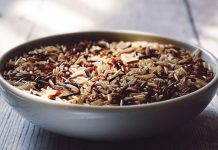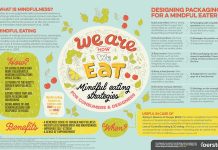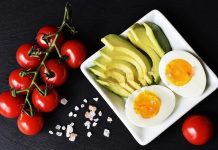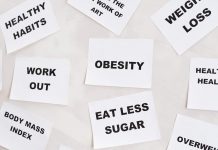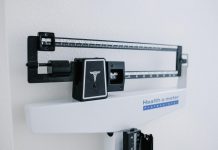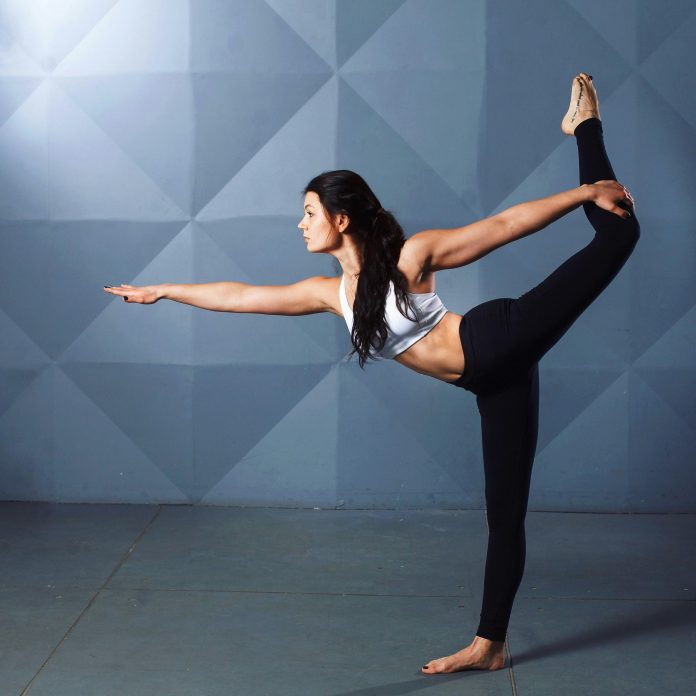In today’s fast-paced world, where the pursuit of health often feels like a balancing act on a tightrope, designing a fitness program that caters to total wellness can seem like an elusive dream. Yet, imagine a blueprint that seamlessly blends physical vitality, mental clarity, and emotional resilience into your daily routine. Welcome to the art and science of crafting a fitness program that transcends mere exercise, offering a holistic approach to well-being. This guide is your compass, leading you through the intricate process of creating a personalized fitness regimen that harmonizes with your unique lifestyle, aspirations, and needs. Whether you’re a seasoned athlete or a beginner taking your first steps towards better health, embark on this journey to discover how thoughtful design and intentional movement can transform not just your body, but your entire life.
Crafting a Balanced Workout Routine for Mind and Body
Achieving total wellness requires a harmonious blend of physical and mental exercises. To cultivate a well-rounded fitness program, consider integrating elements that challenge both your body and mind. Start with a foundation of diverse activities that promote strength, flexibility, and cardiovascular health. This can include:
- Strength Training: Incorporate exercises like weightlifting or bodyweight workouts to build muscle and enhance endurance.
- Cardio Workouts: Engage in activities such as running, cycling, or swimming to boost heart health and increase stamina.
- Flexibility and Balance: Include yoga or Pilates to improve flexibility, balance, and core strength.
To nurture your mental well-being, integrate mindfulness practices into your routine. This can be as simple as setting aside a few minutes each day for meditation or breathing exercises. Mindful movement, such as tai chi or gentle yoga, can further bridge the gap between physical exertion and mental clarity. By crafting a routine that respects both the body and mind, you pave the way for a holistic approach to fitness that fosters resilience, peace, and vitality.

Integrating Nutrition for Enhanced Energy and Recovery
Fueling your body with the right nutrients is crucial for maximizing energy levels and enhancing recovery. To achieve this, consider incorporating a balanced diet rich in macronutrients and micronutrients. Focus on the following elements to support your fitness journey:
- Carbohydrates: These are your body’s primary energy source. Opt for complex carbs like whole grains, sweet potatoes, and legumes to maintain sustained energy levels.
- Proteins: Essential for muscle repair and growth, include lean meats, fish, tofu, or legumes in your meals to enhance recovery post-exercise.
- Fats: Healthy fats from sources like avocados, nuts, and olive oil provide long-lasting energy and support hormone production.
Don’t forget to stay hydrated and consider timing your meals around your workouts for optimal performance. Consuming a small snack with a mix of carbs and proteins both before and after your workout can significantly boost your energy and recovery. Embrace these nutritional strategies to propel your fitness program towards total wellness.

Incorporating Mindfulness Practices for Stress Reduction
To enhance your fitness program and achieve total wellness, integrating mindfulness practices can be a transformative approach. Mindfulness, the art of being present in the moment, helps in alleviating stress and fostering a deeper connection with your body. By embracing these practices, you can cultivate a more balanced lifestyle, both mentally and physically.
- Breath Awareness: Begin each workout session with a few minutes of deep breathing. Focus on the rhythm of your breath to center your mind and prepare your body for the exercises ahead.
- Mindful Movement: While engaging in physical activities, concentrate on each movement and how it feels. Whether you’re lifting weights or stretching, be aware of your muscles and joints, ensuring you maintain proper form.
- Guided Meditation: Incorporate short meditation sessions into your routine. Use apps or online resources to find guided meditations that resonate with you, helping to clear your mind and reduce stress levels.
- Body Scans: Perform a mental scan of your body to identify any areas of tension or discomfort. This practice can guide you to adjust your workouts or focus on specific stretches to relieve stress.
By weaving these mindfulness techniques into your fitness regimen, you not only enhance physical performance but also nurture your mental well-being, paving the way for a holistic approach to health.

Tailoring Fitness Goals to Personal Health Needs
Creating a fitness program that aligns with your unique health needs requires a personalized approach, where you consider both your physical and mental well-being. Understanding your body’s limitations and strengths is crucial. Start by consulting with healthcare professionals to identify any medical conditions or physical limitations that need attention. From there, tailor your exercises to accommodate these needs, ensuring safety and effectiveness.
Consider incorporating a variety of activities that not only target different muscle groups but also enhance overall health. Here are some suggestions:
- Cardiovascular exercises: These are essential for heart health and can be adapted to different fitness levels, from walking to more intense activities like cycling or swimming.
- Strength training: Helps build muscle mass and bone density, and can be customized with weights or resistance bands to suit your capability.
- Flexibility and balance exercises: Yoga or Pilates can improve flexibility and prevent injuries, particularly important for older adults or those with joint issues.
- Mental wellness activities: Mindfulness or meditation can reduce stress and improve mental clarity, complementing physical activities.
By integrating these elements into your routine, you create a balanced program that supports total wellness, respecting both your body’s current state and future goals.
Key Takeaways
As we draw the curtain on our exploration of crafting a fitness program for total wellness, remember that the journey is as unique as the individual embarking upon it. Like an artist with a blank canvas, you have the tools to paint a picture of health that resonates with your personal rhythm and aspirations. Whether you’re stepping onto the path for the first time or refining a well-trodden trail, embrace the process with patience and curiosity. Each stride, each breath, and each moment of reflection is a testament to your commitment to holistic well-being. As you continue onward, may your fitness program not just be a regimen, but a symphony of balanced living that harmonizes the body, mind, and spirit. Here’s to the art of wellness—crafted by you, for you.












